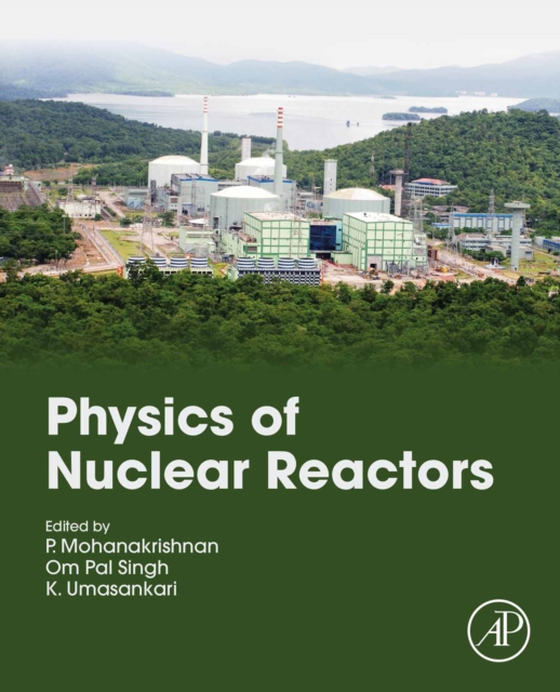
Physics of Nuclear Reactors e-bog
2190,77 DKK
(inkl. moms 2738,46 DKK)
Physics of Nuclear Reactors presents a comprehensive analysis of nuclear reactor physics. Editors P. Mohanakrishnan, Om Pal Singh, and Kannan Umasankari and a team of expert contributors combine their knowledge to guide the reader through a toolkit of methods for solving transport equations, understanding the physics of reactor design principles, and developing reactor safety strategies. The in...
E-bog
2190,77 DKK
Forlag
Academic Press
Udgivet
19 maj 2021
Længde
786 sider
Genrer
Industrial relations, occupational health and safety
Sprog
English
Format
pdf
Beskyttelse
LCP
ISBN
9780128224427
Physics of Nuclear Reactors presents a comprehensive analysis of nuclear reactor physics. Editors P. Mohanakrishnan, Om Pal Singh, and Kannan Umasankari and a team of expert contributors combine their knowledge to guide the reader through a toolkit of methods for solving transport equations, understanding the physics of reactor design principles, and developing reactor safety strategies. The inclusion of experimental and operational reactor physics makes this a unique reference for those working and researching nuclear power and the fuel cycle in existing power generation sites and experimental facilities. The book also includes radiation physics, shielding techniques and an analysis of shield design, neutron monitoring and core operations. Those involved in the development and operation of nuclear reactors and the fuel cycle will gain a thorough understanding of all elements of nuclear reactor physics, thus enabling them to apply the analysis and solution methods provided to their own work and research. This book looks to future reactors in development and analyzes their status and challenges before providing possible worked-through solutions. Cover image: Kaiga Atomic Power Station Units 1 - 4, Karnataka, India. In 2018, Unit 1 of the Kaiga Station surpassed the world record of continuous operation, at 962 days. Image courtesy of DAE, India. Includes methods for solving neutron transport problems, nuclear cross-section data and solutions of transport theory Dedicates a chapter to reactor safety that covers mitigation, probabilistic safety assessment and uncertainty analysis Covers experimental and operational physics with details on noise analysis and failed fuel detection
 Dansk
Dansk

